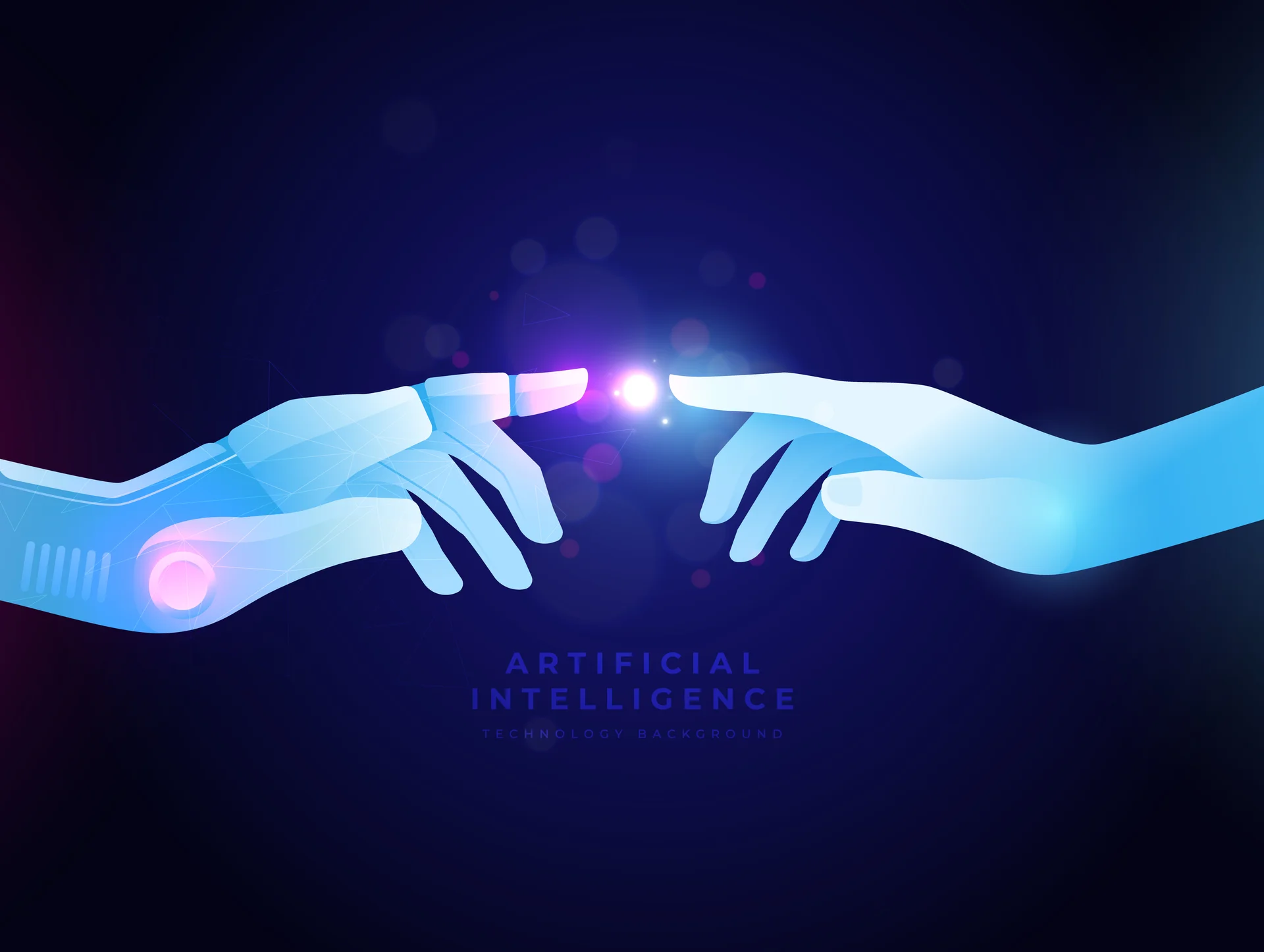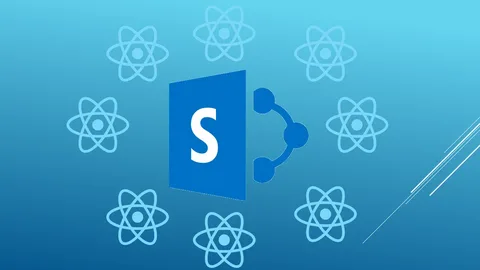Machine learning has become an essential part of modern technology, enabling computers to learn from data and improve their performance over time.
From voice assistants to recommendation engines, machine learning is behind many intelligent systems we use daily. But did you know there are different types of machine learning, each suited for specific tasks? These machine learning types include various machine learning models that cater to diverse applications.
Understanding these types helps businesses, researchers, and developers select the right approach for solving real-world problems. Whether it’s detecting fraud in banking, recommending products, or training AI-powered chatbots like ChatGPT or Claude AI, machine learning plays a crucial role.
With AI's rapid advancement, businesses are now integrating generative AI for creating content and predictive AI for forecasting trends. The global machine learning market is projected to reach around $105 billion in 2025, with strong annual growth anticipated through 2030 and beyond. This growth underscores the importance of mastering various types of machine learning models to stay competitive
4 Types of Machine Learning Algorithms
Machine learning uses large amounts of data to make predictions, find patterns, or sort information. There are four main types of machine learning: supervised learning, unsupervised learning, Semi-Supervised Learning and reinforcement learning. Here's a simple explanation of each type and how they work in AI models.
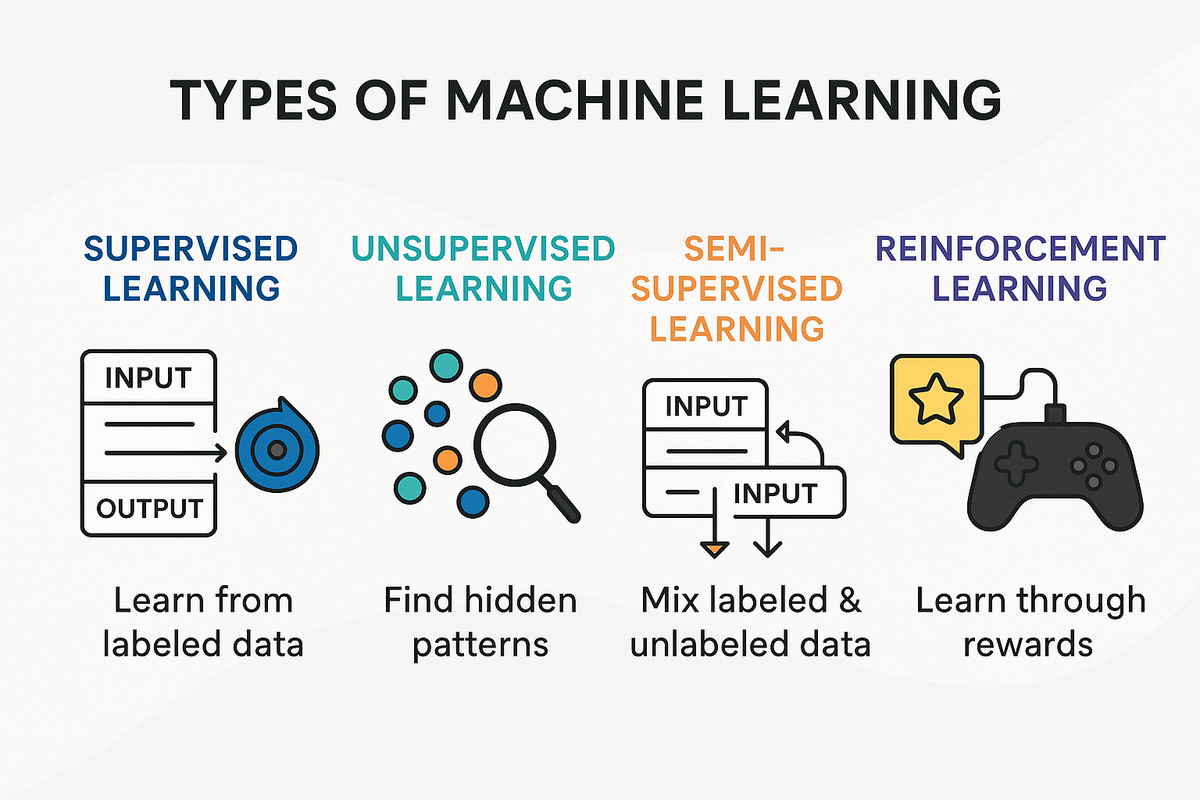
To enhance understanding, here's a comparison table of the main types of machine learning:
|
Type |
Data Requirement |
Key Goal |
Common Algorithms |
Example Applications |
|
Supervised Learning |
Labeled data |
Predict outcomes based on input-output pairs |
Linear regression, decision trees, support vector machines |
Fraud detection, speech recognition |
|
Unsupervised Learning |
Unlabeled data |
Discover hidden patterns or structures |
K-means clustering, hierarchical clustering |
Customer segmentation, anomaly detection |
|
Semi-Supervised Learning |
Mix of labeled and unlabeled data |
Improve accuracy with limited labeled data |
Self-training, generative models |
Image classification, disease detection |
|
Reinforcement Learning |
Interaction with environment (rewards/penalties) |
Learn optimal actions through trial and error |
Q-learning, deep Q-networks |
Autonomous driving, game AI |
This table highlights the distinctions among machine learning types, making it easier to choose the appropriate model for specific challenges.
1. Supervised Learning: The Foundation of AI Training
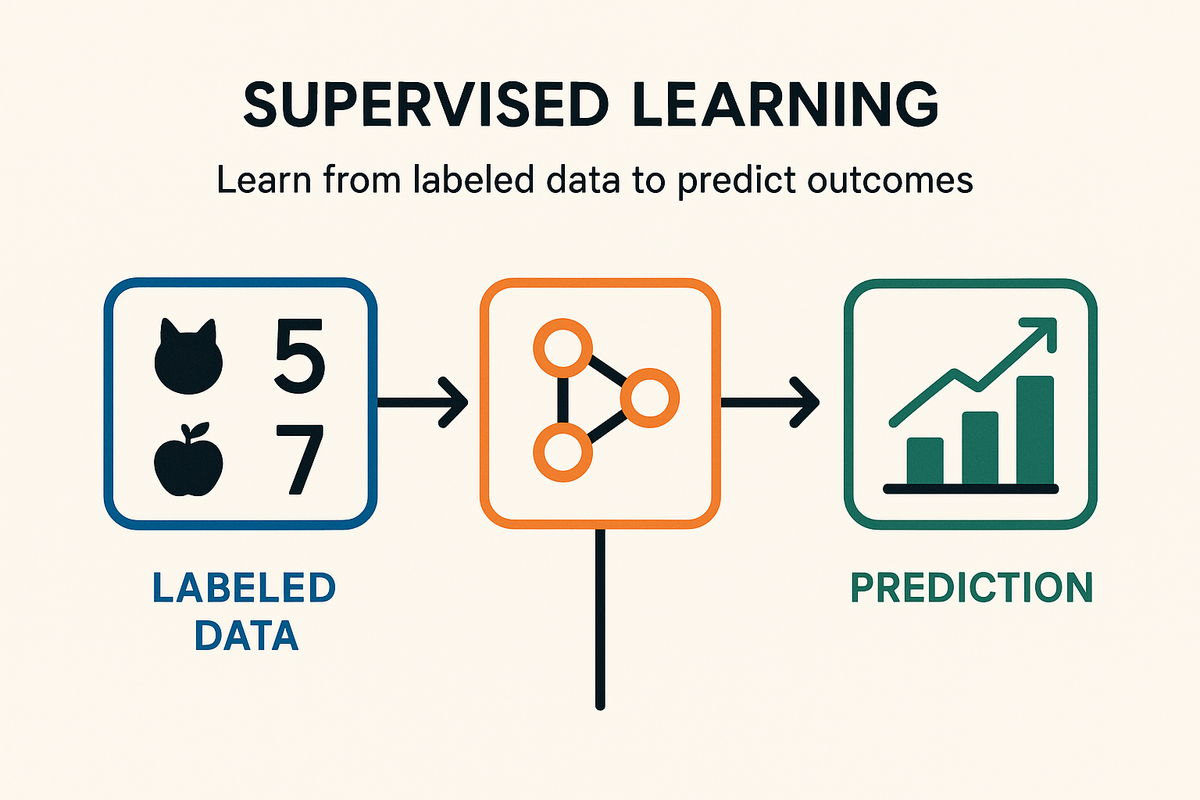
Supervised learning is one of the most widely used types of machine learning, allowing AI systems to learn from labeled datasets. In this approach, the system is trained using input-output pairs, meaning it already knows the correct answers. Among the types of supervised learning, common categories include classification (e.g., categorizing emails as spam or not) and regression (e.g., predicting continuous values like house prices), which expand the versatility of these machine learning models.
For businesses offering SEO services, supervised learning is used to improve search rankings and content relevance. It helps identify the best keywords and optimize on-page elements by learning from historical data. Exploring the best seo reporting tools can further enhance how these models track performance metrics.
A practical example of supervised learning is in AI-powered content management solutions that help businesses maintain compliance with industry regulations. By classifying and organizing vast amounts of documentation, these AI systems ensure businesses adhere to required standards efficiently.
Similarly, in finance, AI models use supervised learning to analyze historical market trends and make accurate stock predictions, helping investors make informed decisions.
Supervised learning is also the driving force behind AI-driven fraud detection in the banking sector. By analyzing previous transaction data, these models identify suspicious activities that deviate from normal patterns. Additionally, in healthcare, medical imaging systems use supervised learning to detect diseases by comparing new patient scans with previously labeled cases. For instance, it can predict equipment failure in manufacturing by analyzing sensor data patterns, preventing costly downtime.
To visualize this, imagine a flowchart where input data flows through a model trained on labeled examples, outputting predictions with high accuracy after iterative adjustments.
Key Applications of Supervised Learning:
-
Spam Detection: Email services like Gmail rely on supervised learning models to filter spam messages from a user’s inbox, reducing unwanted emails.
-
Fraud Detection: Financial institutions leverage AI-powered models to identify fraudulent transactions by comparing user spending behavior with historical patterns.
-
Speech Recognition: Virtual assistants like Alexa and Siri process voice commands using supervised learning techniques to improve speech-to-text accuracy.
Supervised models are integral to B2b marketing services, where they analyze lead data to predict conversion likelihoods, optimizing outreach efforts.
Machine learning has become an essential part of modern technology, enabling computers to learn from data and improve their performance over time.
From voice assistants to recommendation engines, machine learning is behind many intelligent systems we use daily. But did you know there are different types of machine learning, each suited for specific tasks?
Understanding these types helps businesses, researchers, and developers select the right approach for solving real-world problems. Whether it’s detecting fraud in banking, recommending products, or training AI-powered chatbots like ChatGPT or Claude AI, machine learning plays a crucial role.
With AI's rapid advancement, businesses are now integrating generative AI for creating content and predictive AI for forecasting trends.
2. Unsupervised Learning: Finding Hidden Patterns
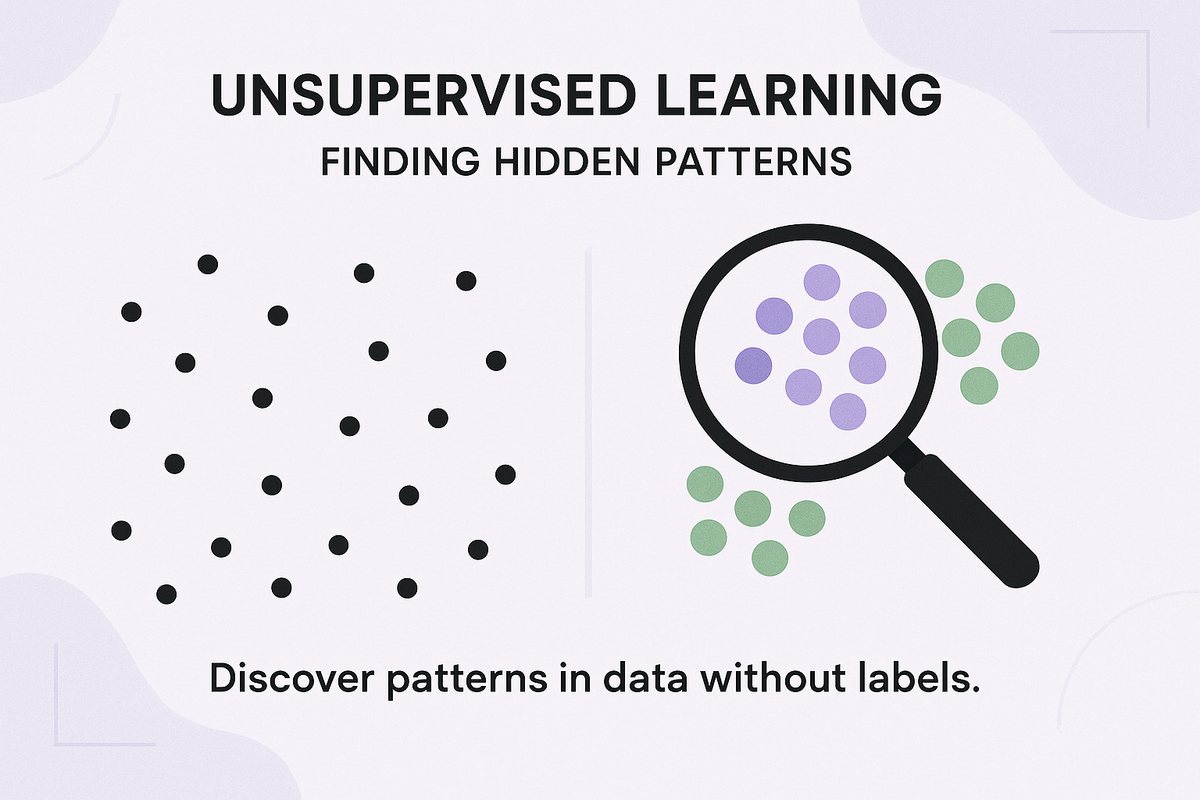
Unsupervised learning works with raw, unlabeled data, allowing the AI to find hidden patterns. This is especially useful in tasks like customer segmentation, where businesses can identify emerging trends or market opportunities without predefined labels. An unsupervised learning example includes clustering algorithms that group similar data points, such as categorizing customers by purchasing habits without prior labels.
For example, in eCommerce marketing, unsupervised learning helps segment customers based on behavior, enabling more personalized marketing strategies and improving conversion rates. Understanding marketing tactics can complement this by providing strategies to act on these insights effectively.
Another key application of unsupervised learning is in AI-driven market basket analysis, where retailers analyze large transaction datasets to understand which products are frequently purchased together. This insight allows companies to create better product bundling strategies and optimize inventory management. For retailers, knowing What are five marketing strategies that retailers spend half of their annual budget on? can help allocate resources to leverage these analyses.
To add depth, consider how unsupervised models can detect associations in data, like identifying that customers who buy certain accessories often prefer specific styles, aiding in inventory planning without manual intervention.
Key Applications of Unsupervised Learning:
-
Customer Segmentation: Businesses use unsupervised learning to identify different customer demographics and create targeted marketing campaigns.
-
Anomaly Detection: AI models analyze network traffic in real time to detect suspicious behavior and potential security threats.
-
Market Basket Analysis: Retailers like Amazon analyze purchasing patterns to improve product recommendations and maximize cross-selling opportunities.
Incorporating advertisement examples from real campaigns can illustrate how unsupervised insights refine ad targeting.
3. Semi-Supervised Learning: The Best of Both Worlds
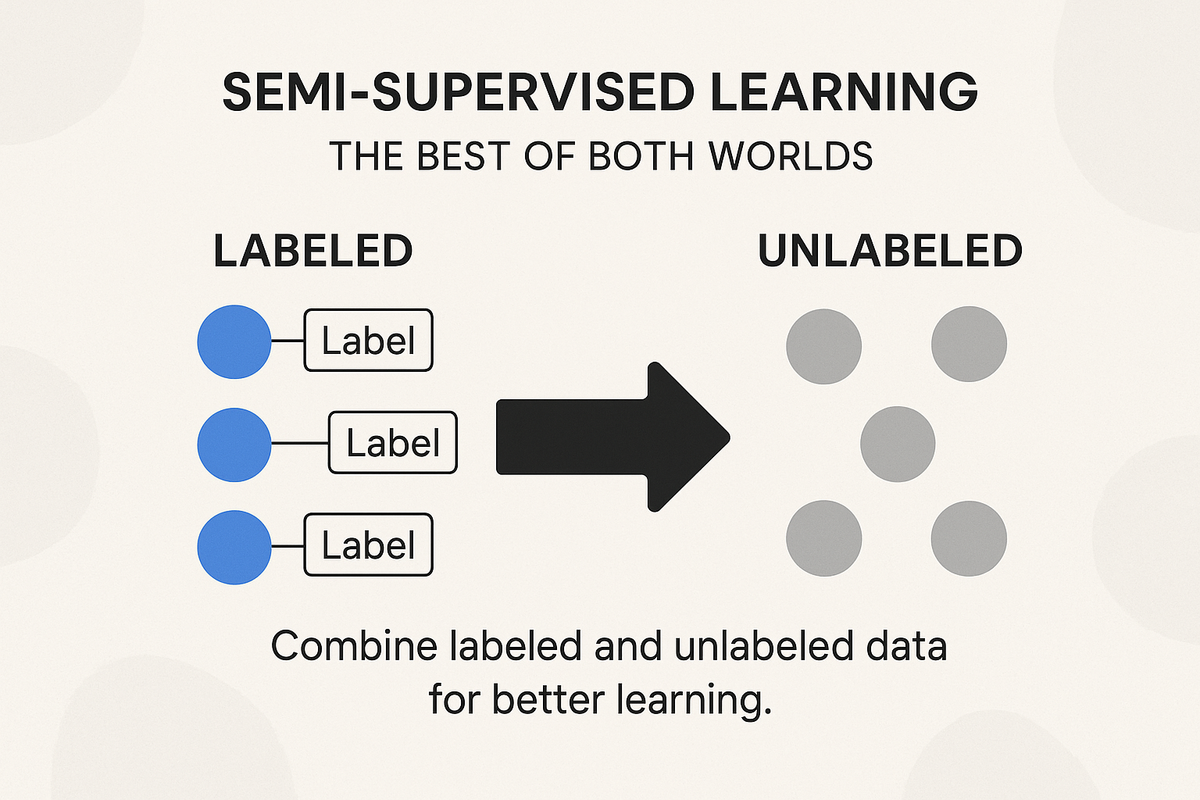
Semi-supervised learning combines supervised and unsupervised learning. It works well when labeling large datasets is expensive or impractical. In fields like mobile app development, semi-supervised learning can refine app recommendations or enhance user interface design by analyzing both labeled and unlabeled data.
This method also shines in content creation, where it can generate ideas or improve content quality by learning from a small set of labeled data combined with large pools of unlabeled content.
This enables faster and more accurate disease detection while reducing dependency on manual labeling.
Another area where this method shines is in self-driving car technology. AI-powered autonomous vehicles use a mix of labeled and unlabeled driving data to make real-time navigation decisions, improving safety and efficiency over time. For example, it can start with a small set of annotated road images and expand to vast unlabeled datasets to better recognize traffic signs or obstacles.
To enrich this, note that semi-supervised approaches often employ techniques like self-training, where the model labels its own data iteratively, boosting performance in scenarios with data scarcity, such as natural language processing for rare languages.
If you're exploring digital marketing services, semi-supervised models can analyze partial customer feedback to predict broader trends. Similarly, understanding what is cta in marketing contexts can help optimize calls-to-action based on these insights.
Key Applications of Semi-Supervised Learning:
- Medical Diagnosis: AI models enhance disease detection by training on a small number of expert-labeled medical images and learning from vast amounts of unlabeled scans.
- Self-Driving Cars: Autonomous vehicles improve navigation and safety by analyzing labeled and unlabeled real-world driving data.
- Speech Recognition: Voice assistants like Google Assistant and Siri use semi-supervised learning to refine speech-to-text accuracy without needing large amounts of labeled speech data.
- Fraud Detection: AI in financial institutions identifies fraudulent transactions by first learning from labeled fraudulent cases and then detecting hidden patterns in unlabeled transaction data.
- Search Engine Optimization: AI-based search engines refine their ranking algorithms by learning from both user-labeled relevance scores and vast amounts of unlabeled search queries.
4. Reinforcement Learning: Learning Through Interaction
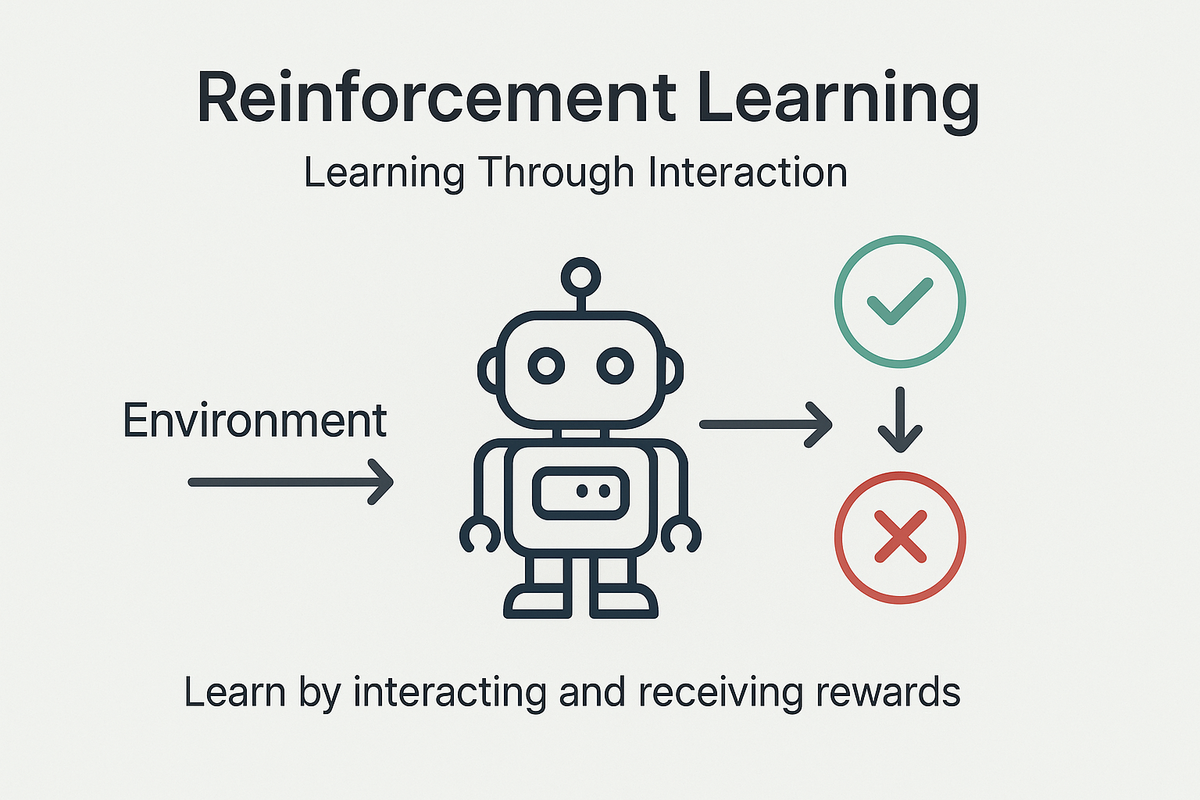
Reinforcement learning represents another key type among the different types of machine learning, where AI agents learn by interacting with an environment, receiving rewards for positive actions and penalties for negative ones. This method is particularly effective for sequential decision-making tasks, differing from other machine learning types by focusing on long-term rewards rather than immediate predictions.
A classic example is in gaming, where AI learns to play games like chess or Go by trial and error, maximizing scores over multiple moves. In real-world applications, reinforcement learning powers autonomous robots in warehouses, optimizing paths for picking items to minimize time and energy use.
For businesses, it can enhance dynamic pricing in e-commerce, adjusting prices in real-time based on demand to maximize revenue. If you're question is shopify legit for your online store, reinforcement models could simulate pricing strategies to validate platform choices.
Key Applications of Reinforcement Learning:
-
Autonomous Vehicles: Systems learn to navigate roads by simulating drives and rewarding safe maneuvers.
-
Robotics: Robots train to perform tasks like grasping objects through repeated attempts and feedback.
-
Resource Management: In energy sectors, it optimizes grid distribution to reduce waste based on consumption patterns.
To visualize, consider a graph showing cumulative rewards over training episodes, illustrating how the model improves performance iteratively.
Understanding how to get into digital marketing can provide a pathway to applying reinforcement learning in campaign optimization. For those interested in AI, how to learn ai starts with grasping these core models.
Which Type of Machine Learning is Best for You?
Choosing the right type of machine learning depends on your specific problem, industry, and data availability. Each method offers distinct advantages, making them ideal for different use cases.
For businesses relying on predictive analytics, fraud detection, and personalized recommendations, supervised learning is the most effective approach. Since it learns from labeled data, it ensures high accuracy, making it a popular choice for financial institutions, healthcare AI, and AI-powered marketing automation.
Companies are integrating AI into account-based marketing, enhancing personalization and segmentation. In the ongoing debate of AI vs Machine Learning, machine learning remains the underlying technology that powers many of these advancements in personalization and segmentation. If you're interested in this trend, explore the new era of account-based marketing.
For uncovering patterns in vast data, unsupervised learning is the best option. It's widely used in cybersecurity for anomaly detection, e-commerce for customer segmentation, and AI-powered recommendation engines like Netflix and Spotify.
-
Best for Structured Data? Supervised learning is ideal for labeled datasets, offering high accuracy in predictive analytics and fraud detection.
-
Need to Find Hidden Patterns? Unsupervised learning helps businesses segment customers, detect fraud, and uncover trends without predefined labels.
For industries where labeling data is costly, semi-supervised learning offers a cost-effective solution. It’s used in medical imaging AI, where a small labeled dataset helps train AI for disease detection, and in self-driving cars, where AI improves through real-world driving data.
If an application requires real-time decision-making and continuous learning, reinforcement learning is the best choice. AI systems that optimize trading algorithms, automate robotics, and develop advanced AI for gaming rely on reinforcement learning. AlphaGo, an AI by DeepMind, became a world champion in Go by refining strategies through reinforcement learning.
Similarly, AI-driven chatbots improve over time by interacting with users. The rise of automation raises concerns about whether AI will replace programmers.
-
Need AI to Adapt and Learn? Reinforcement learning is best for robotics, game AI, and real-time decision-making applications.
-
Balancing Cost & Accuracy? Semi-supervised learning helps when labeled data is limited but necessary for accurate AI predictions.
For businesses embracing AI-driven strategies, choosing the right tools is essential. If you're launching a website, selecting a reliable hosting provider can impact performance and security.
Transparency and trust are critical in AI-powered marketing and business automation. As AI collects vast amounts of user data, businesses must ensure ethical AI usage.
No matter which type of machine learning you choose, understanding their strengths and applications will help you implement AI-powered strategies effectively. From predictive analytics to AI-driven personalization, businesses across industries are adopting AI-powered automation to stay competitive in a digital-first world.
FAQS
Is ChatGPT a Machine Learning Model?
Yes, ChatGPT is a machine learning model, specifically a deep learning transformer model. It uses supervised and reinforcement learning to generate human-like text based on large datasets.
How Many ML Models Are There?
There’s no fixed number of machine learning models, as new ones are constantly developed. They are broadly categorized into three main types: supervised learning, unsupervised learning, and reinforcement learning, with additional hybrid approaches like semi-supervised learning.
Is Machine Learning a Type of AI?
Yes, machine learning is a subset of artificial intelligence (AI). AI involves machines mimicking human intelligence, while machine learning focuses on algorithms that learn from data to predict or identify patterns.
What Are the Three Branches of Machine Learning?
The three main branches of machine learning are:
-
Supervised Learning: Uses labeled data to predict outcomes, e.g., fraud detection or spam filtering.
-
Unsupervised Learning: Finds patterns in unlabeled data, e.g., customer segmentation.
-
Reinforcement Learning: Learns through trial and error with rewards, e.g., autonomous driving.
What Is Deep Learning vs. Machine Learning?
Machine learning is a broad field where algorithms learn from data. Deep learning, a subset of machine learning, uses multi-layered neural networks to handle complex tasks like image recognition or natural language processing. All deep learning is machine learning, but not all machine learning is deep learning.
Conclusion
Understanding the types of machine learning is essential for leveraging AI in business, healthcare, finance, and other industries. With advancements in deep learning, AI automation, and personalized AI models, machine learning will continue to evolve and transform the way we work, live, and interact with technology.
As AI technology becomes more accessible, businesses and developers must decide which machine learning model best suits their needs.
Whether it’s predictive analytics, AI-powered automation, or real-time decision-making, the right approach can unlock endless possibilities.
